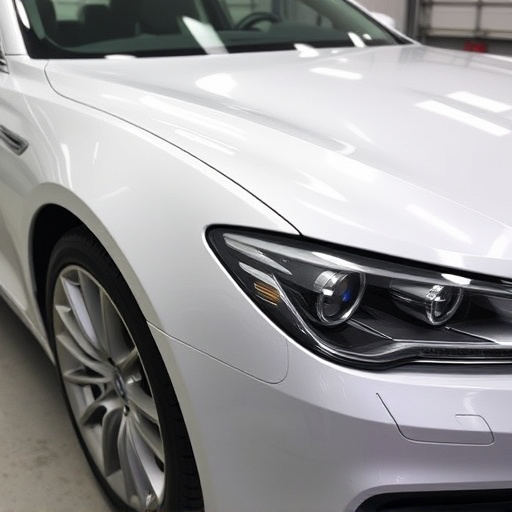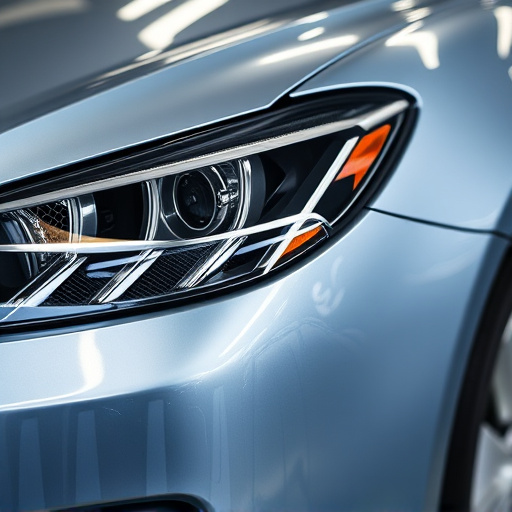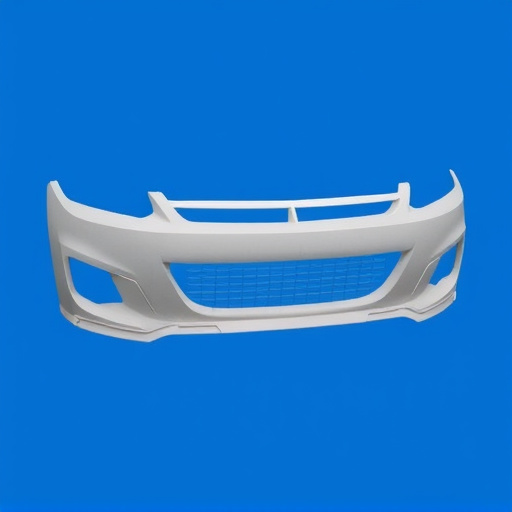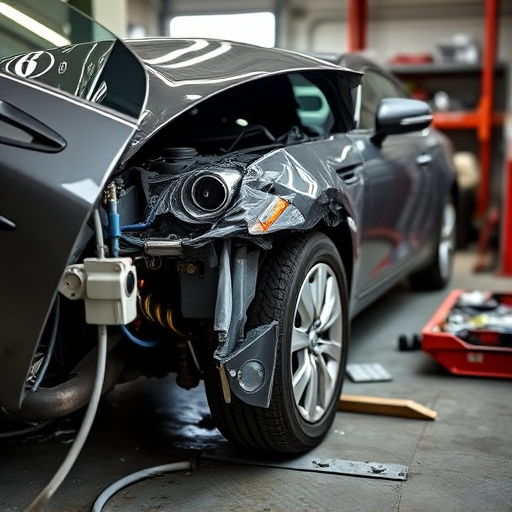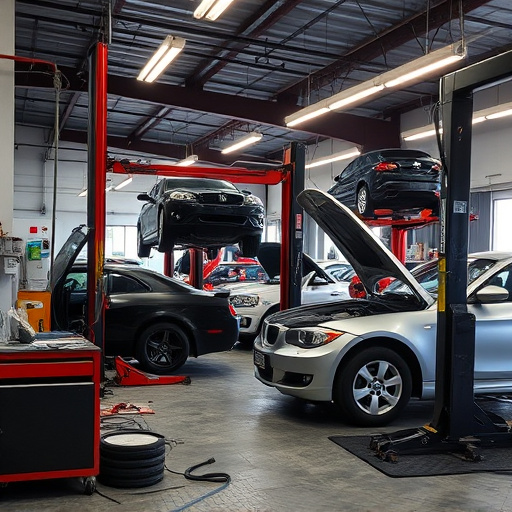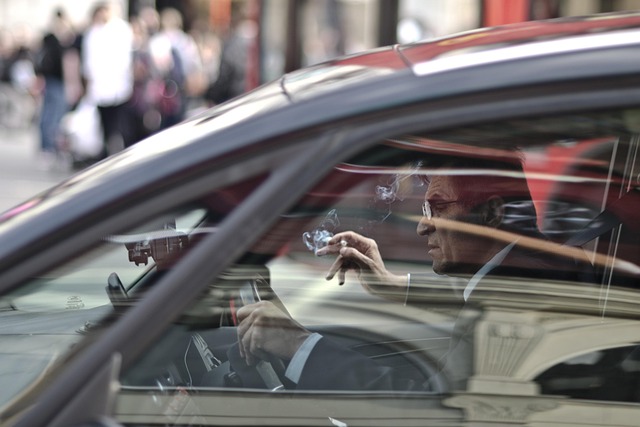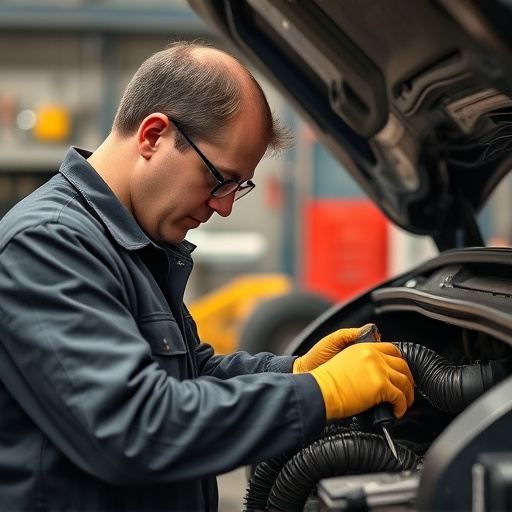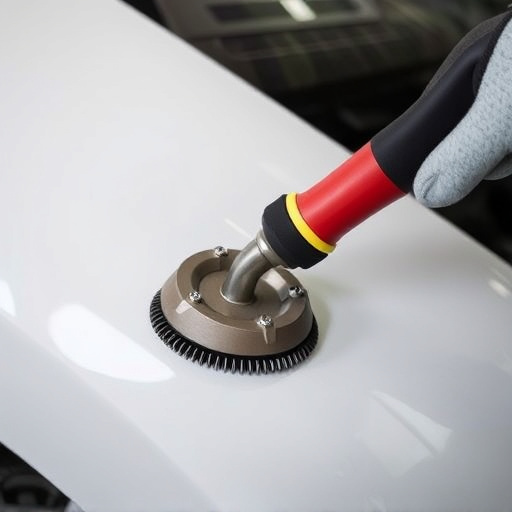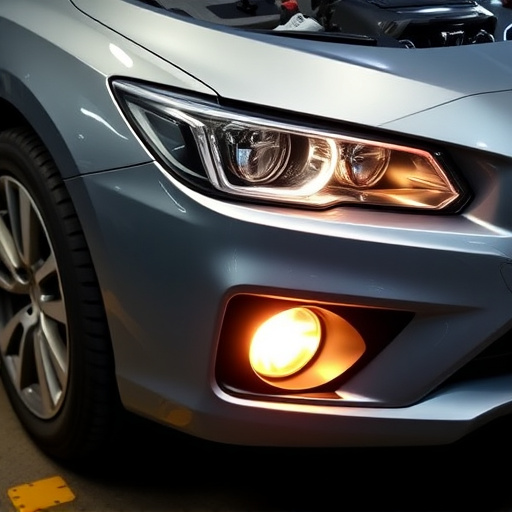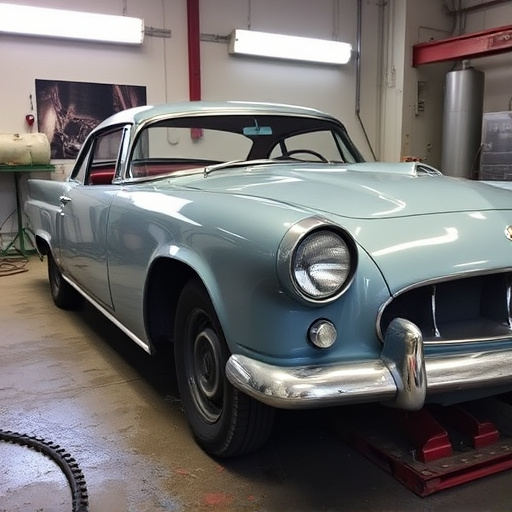Mercedes Head-Up Display Calibration: Ensuring Safe & Efficient Driving
Maintaining proper Mercedes head-up display (HUD) calibration is vital for the safety and convenience of advanced driver assistance systems. Regular calibration accounts for environmental changes, damage, or accidents that affect alignment, ensuring accurate projection of driving info on the windshield. The process involves vehicle computer detection, software adjustments for position, angle, height, and distance, sensor mapping for ideal image path, and final confirmation tests. To keep your HUD optimized post-calibration, regularly check and re-calibrate after extreme weather or collisions, maintain a clean display, and keep vehicle software updated through authorized service.
Mercedes Head-Up Display (HUD) calibration is a precise process that ensures your vehicle’s advanced driver assistance systems function optimally. While official timelines vary, a typical calibration can be completed in 1-2 hours by a trained technician. This article delves into the intricate steps involved, offering a comprehensive guide for owners eager to understand and optimize their Mercedes HUD. From initial setup to performance checks, we’ll explore how to ensure accurate and seamless navigation and safety enhancements post-calibration.
- Understanding Mercedes Head-Up Display Calibration
- The Calibration Process: Step-by-Step Guide
- Optimizing Performance and Accuracy After Calibration
Understanding Mercedes Head-Up Display Calibration

Understanding Mercedes Head-Up Display Calibration
Mercedes head-up display (HUD) calibration is a critical process that ensures your vehicle’s advanced driver assistance systems function optimally. This technology projects essential driving information onto the windshield, enhancing safety and convenience by providing key data like speed, navigation directions, and warning signals without distracting your eyes from the road. Calibration ensures these images are accurately aligned with your vision, preventing distortion or off-center displays that could impair your ability to interpret and react to the projected information.
Regular calibration is essential for maintaining the integrity of your Mercedes HUD and associated car repair services. Over time, factors such as environmental changes, vehicle bodywork damage, or even minor accidents can disrupt the precise alignment required for optimal performance. If you notice any issues with your HUD, like images appearing distorted, off-center, or if the display quality has degraded, it’s crucial to address these problems promptly through professional vehicle bodywork repairs and calibration services to ensure safe and efficient driving.
The Calibration Process: Step-by-Step Guide
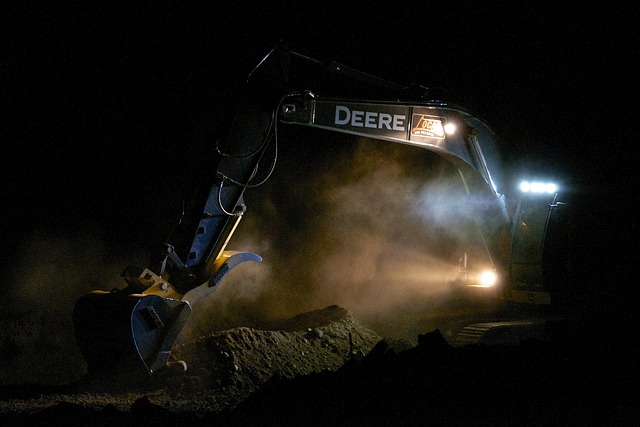
The Mercedes head-up display (HUD) calibration process involves several precise steps to ensure accurate and safe driving assistance. It begins with the vehicle’s computer detecting and recognizing the HUD as an active component, followed by a series of diagnostic checks to verify its functionality. Next, specialized software is used to calibrate the display’s position, ensuring it accurately projects vital driving information onto the driver’s field of view. This includes setting the correct angle, height, and distance for optimal visibility without causing any distraction.
During calibration, various sensors within the car body restoration process are utilized to map out the ideal path for the projected images. The system adjusts parameters like display intensity and contrast, ensuring the information is clear and readable. In cases where minor adjustments are required, frame straightening techniques might be employed to fine-tune the HUD’s alignment. Once complete, a final test run is conducted to confirm the calibration’s accuracy, guaranteeing a seamless driving experience for Mercedes owners.
Optimizing Performance and Accuracy After Calibration
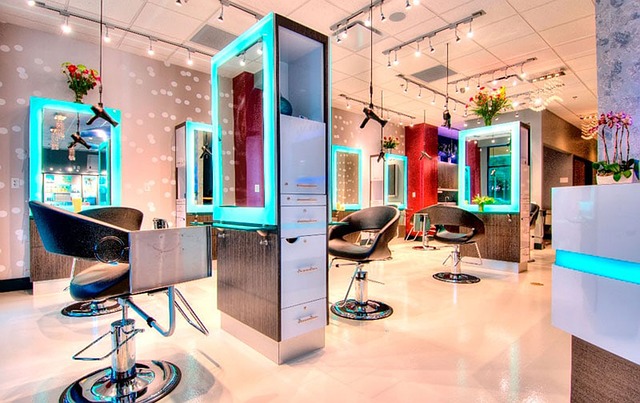
After successfully calibrating your Mercedes head-up display, it’s crucial to ensure optimal performance and accuracy to maximize driver experience. The display’s precision can be significantly influenced by environmental factors such as lighting conditions and road surfaces. Regularly checking and re-calibrating the system, especially after exposure to extreme weather or a collision (requiring services from a reliable collision repair center or auto repair shop), is recommended to maintain its effectiveness.
Proper maintenance includes keeping the display clean and free of debris, which can impede clarity. In addition, ensuring the vehicle’s software is up-to-date through over-the-air updates or visits to authorized service centers for bumper repair and other maintenance can further enhance the head-up display’s performance. This continuous optimization ensures drivers receive accurate, real-time information critical for safe and efficient driving.
Mercedes head-up display calibration is a precise process that ensures optimal performance and accuracy. By following a detailed step-by-step guide, you can achieve accurate positioning and clear visuals. After calibration, regular maintenance and optimizations are key to keeping the system precise and reliable. Investing time in this process will enhance your driving experience, offering crucial information right at your gaze while ensuring maximum accuracy for safe and efficient navigation.
